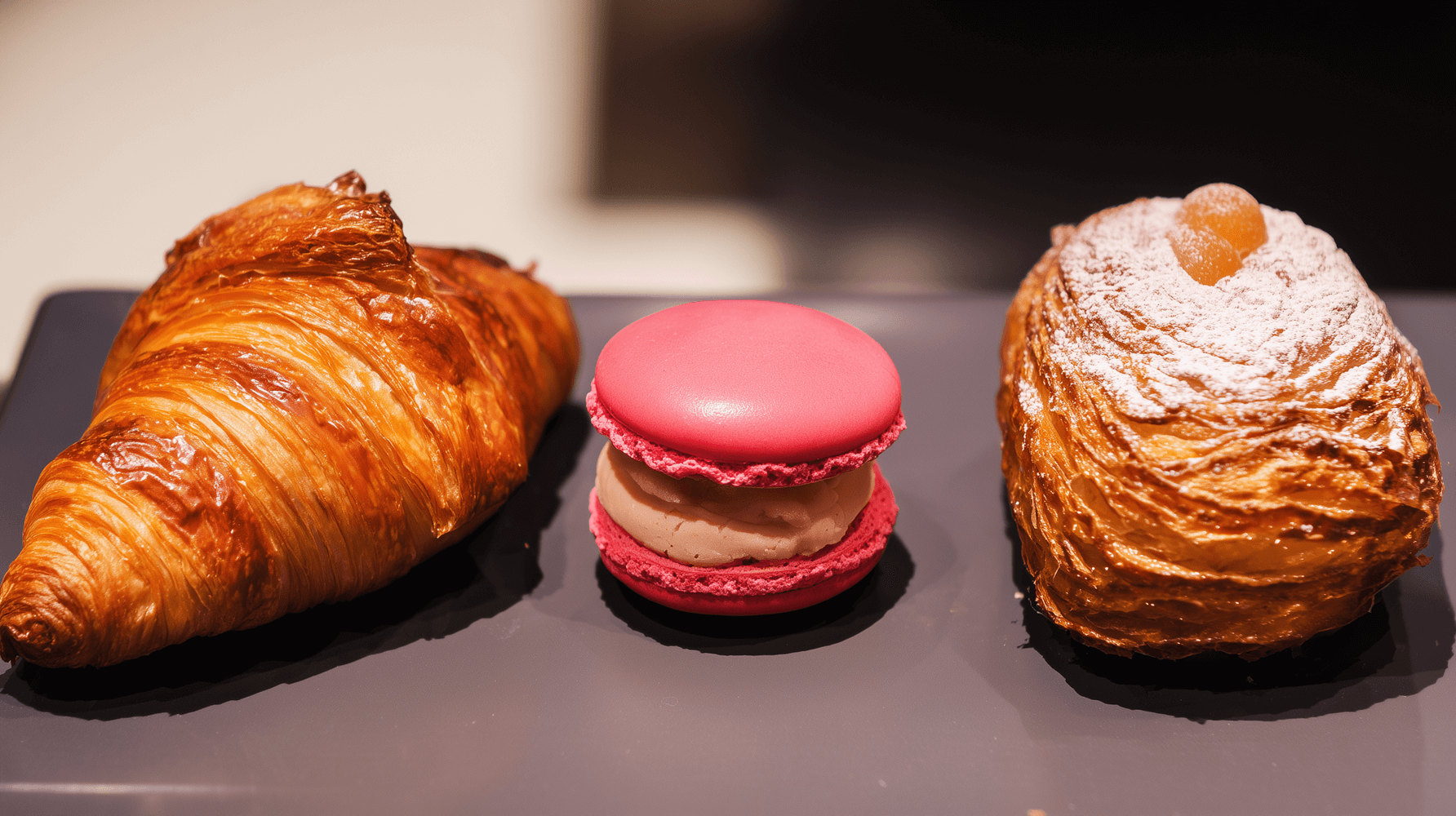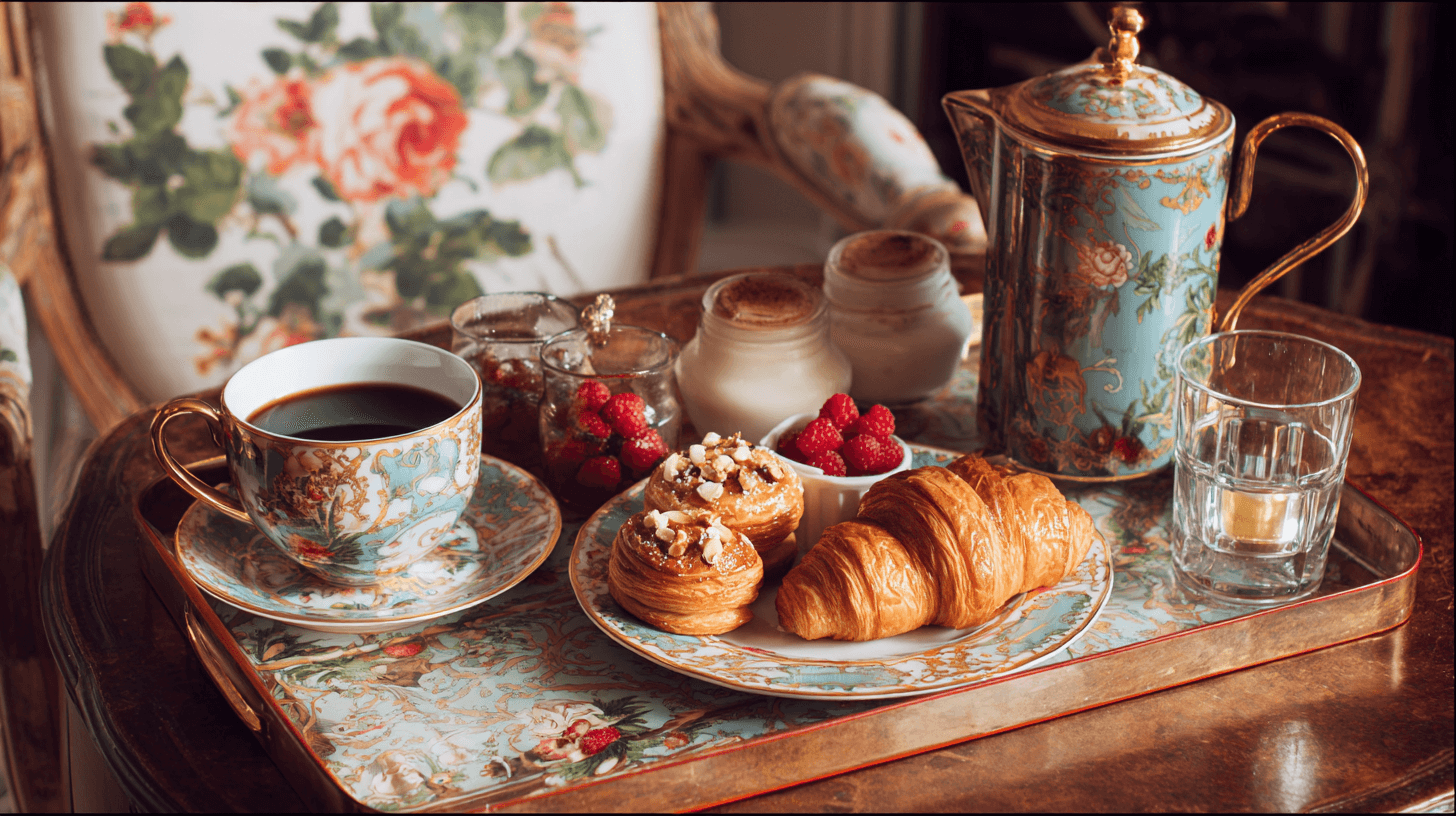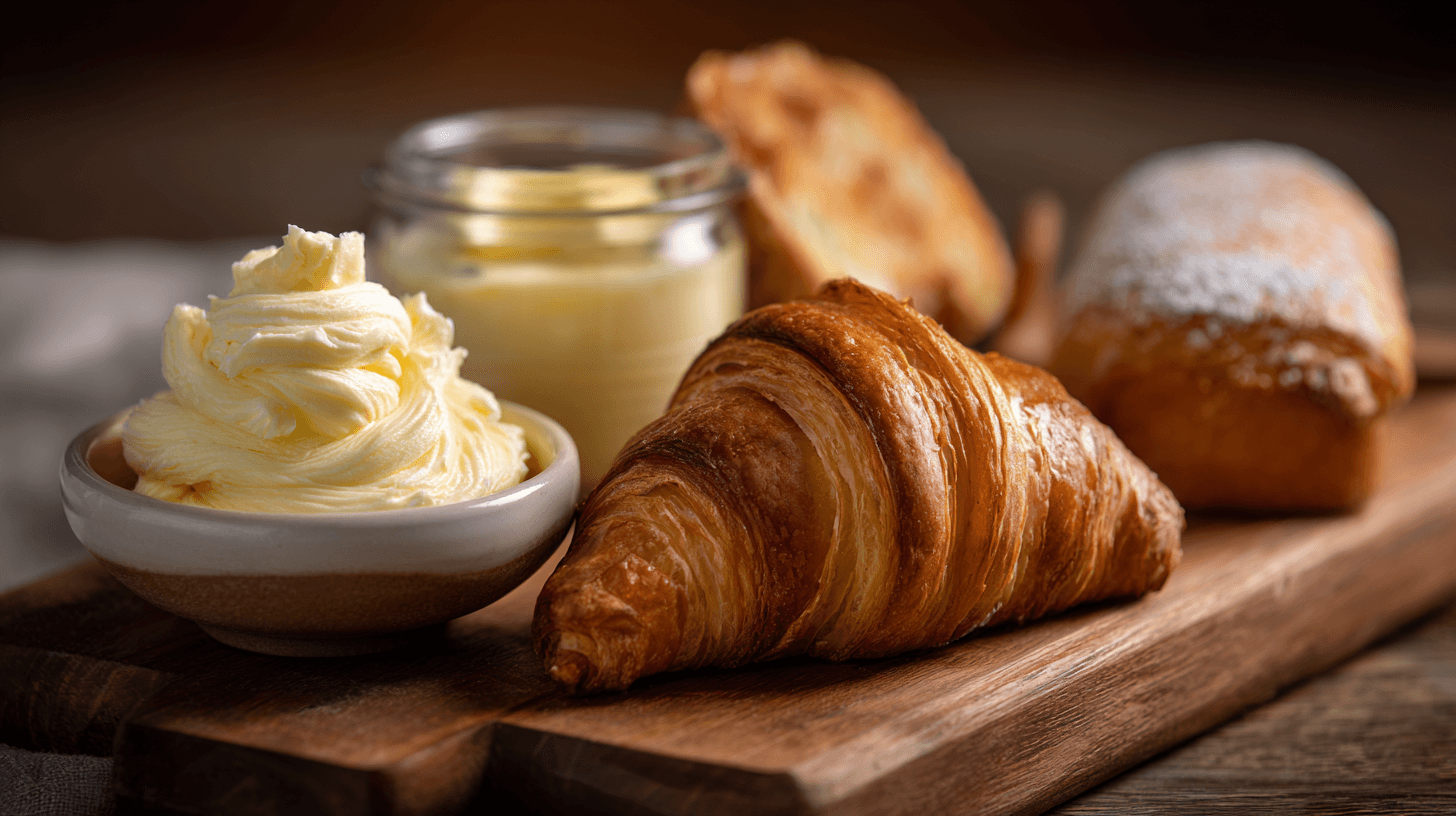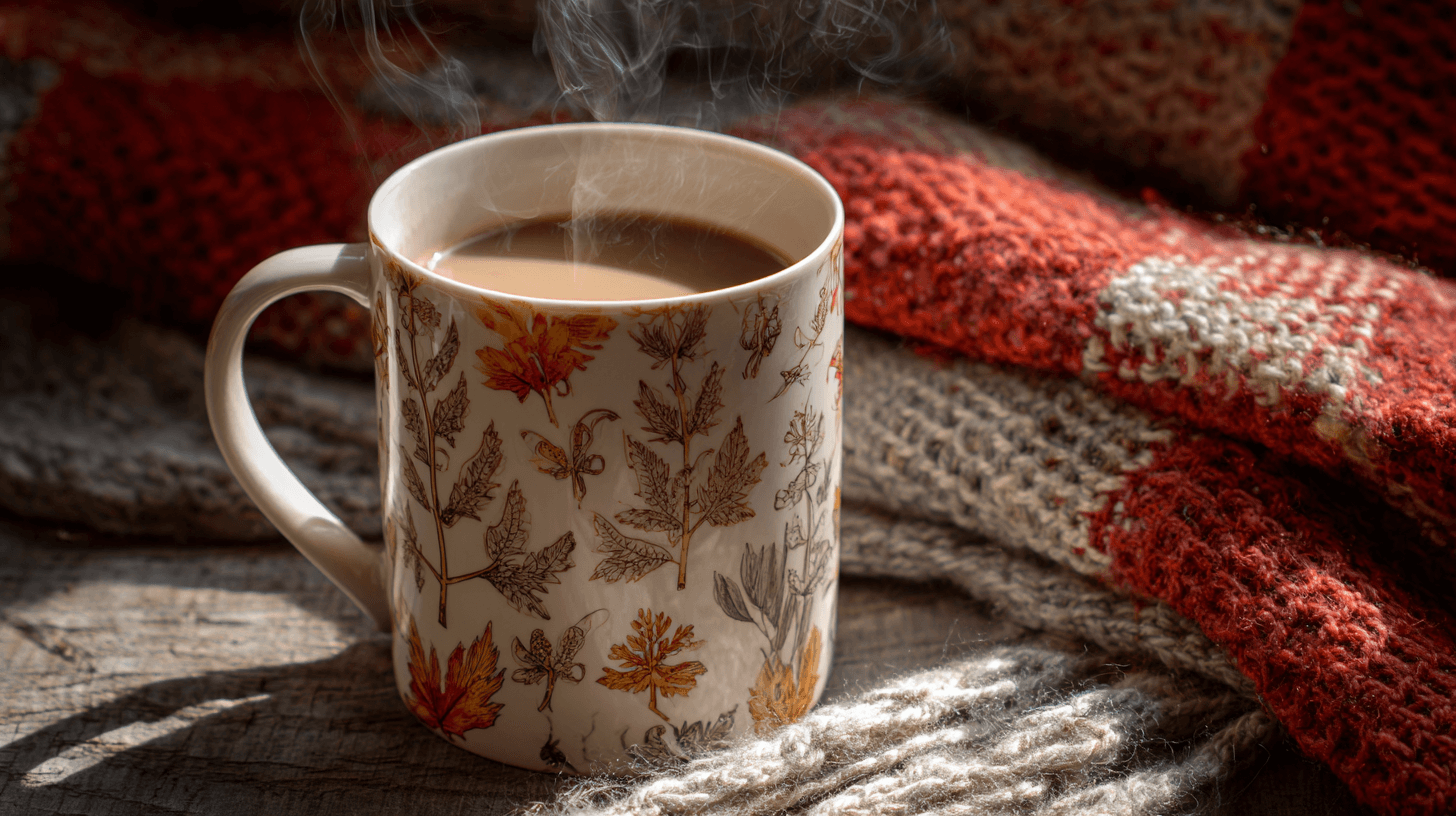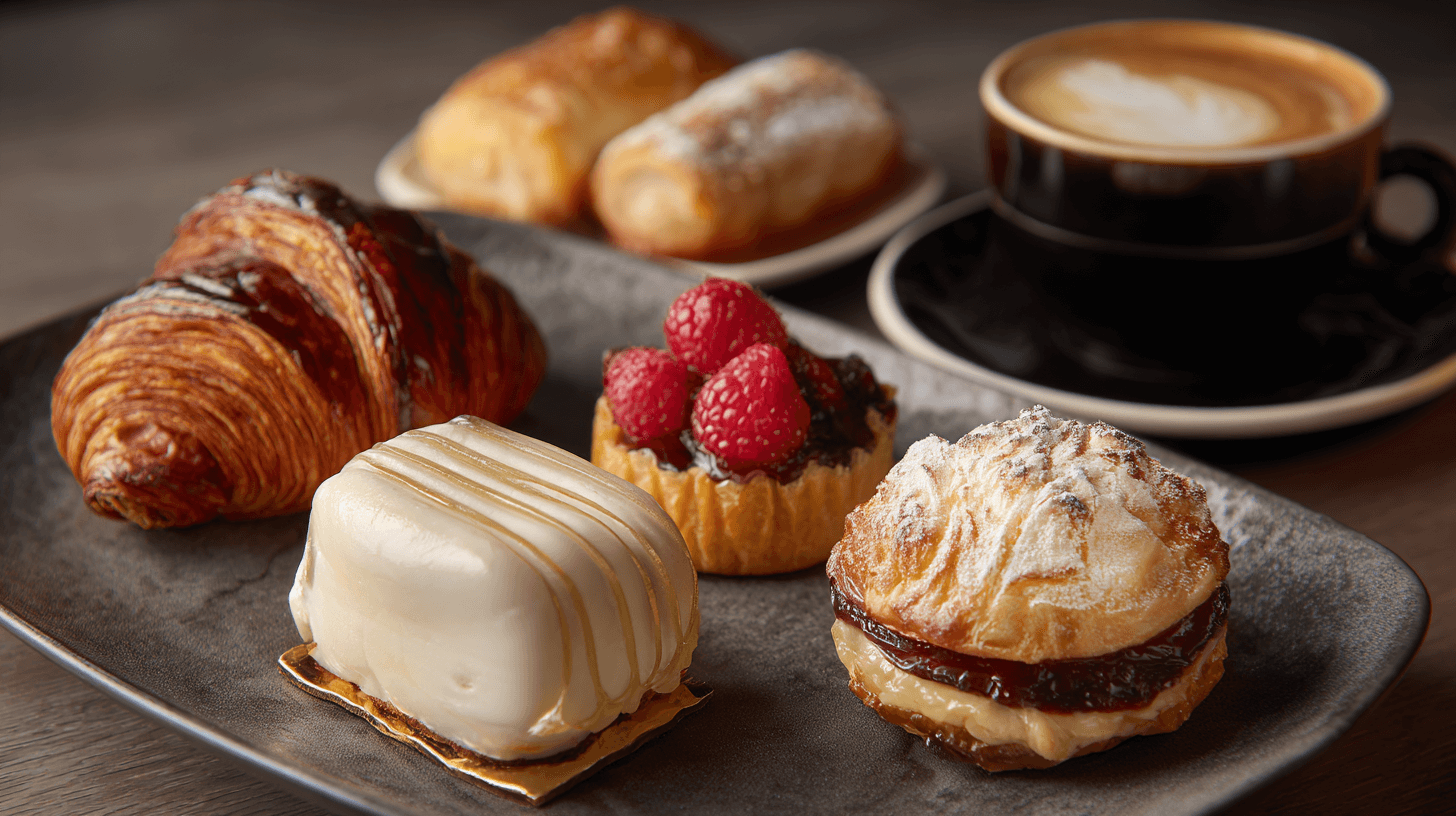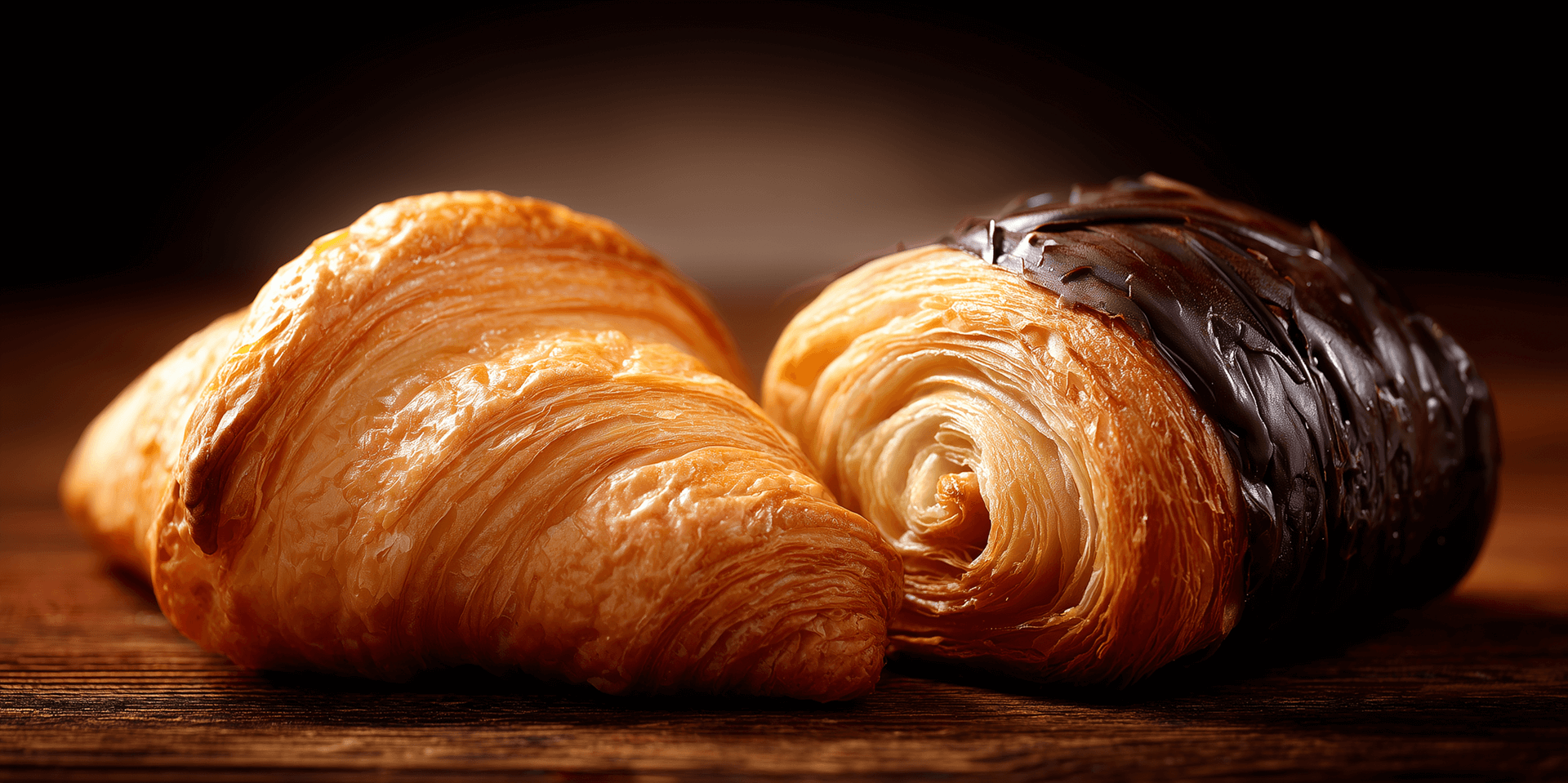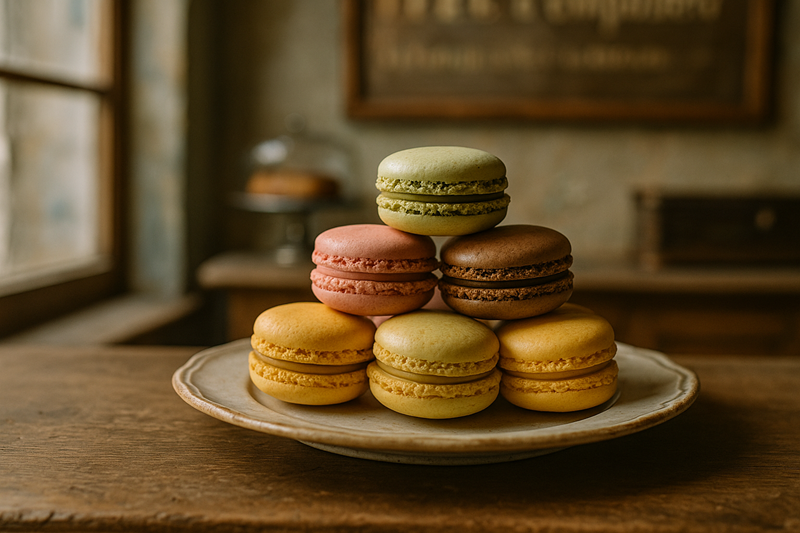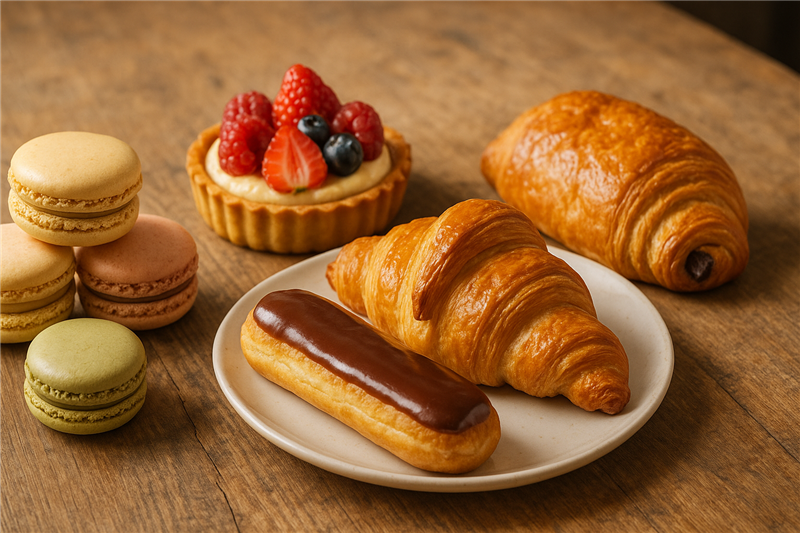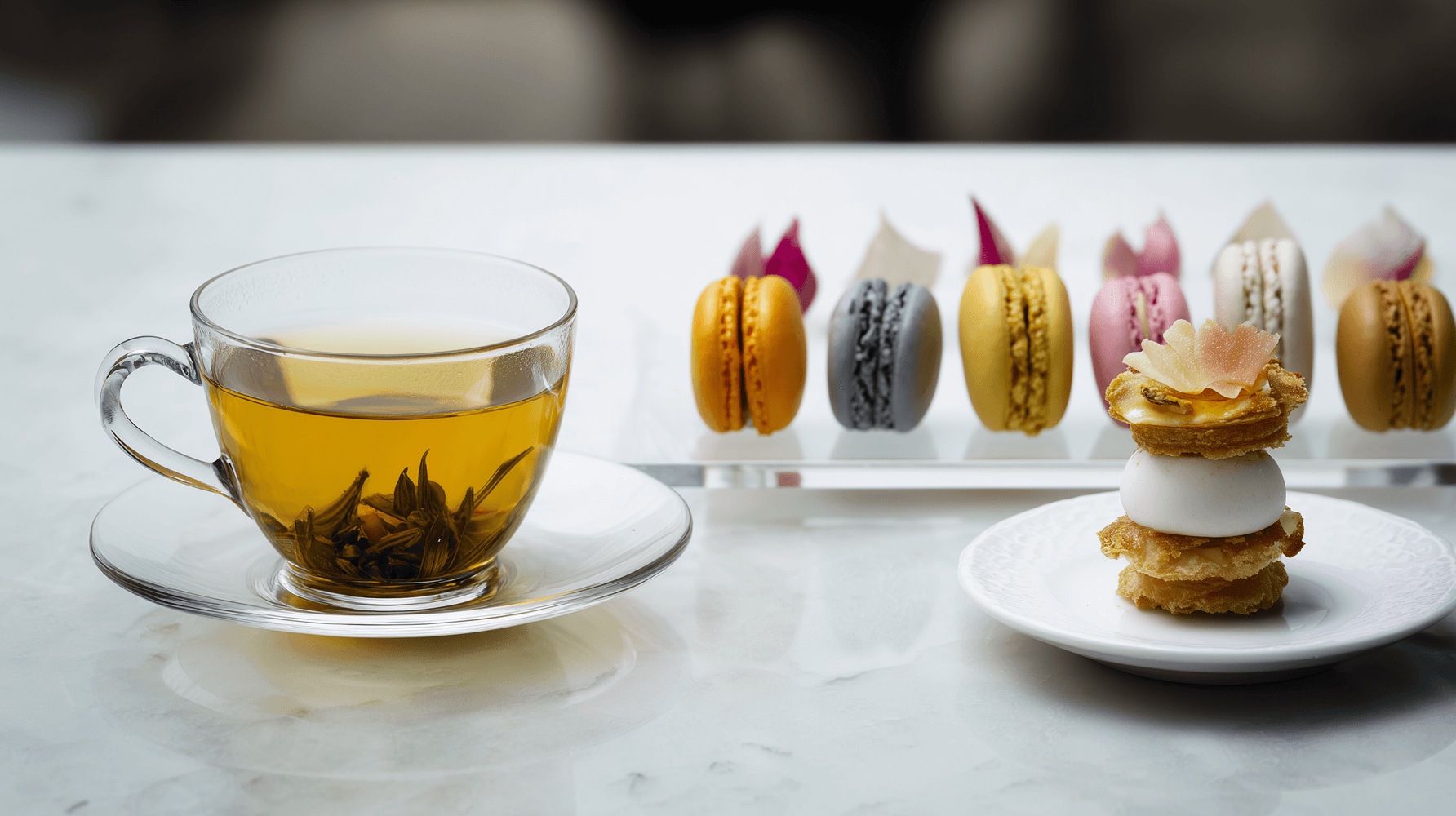French pastries are more than just desserts—they are works of art. Each flaky croissant, airy éclair, or jewel-like macaron reflects centuries of tradition, technique, and passion. Behind the glass display of your favorite French bakery is a world of culinary craftsmanship that few get to see. In this article, we’ll take you behind the scenes of classic French pastry techniques, from the rigorous lamination process to the delicate skill of piping. Whether you're a budding home baker or a pastry enthusiast, prepare to fall in love with the artistry that defines French baking.
Laminating: The Technique That Creates Perfect Croissants
One of the most iconic and intricate techniques in French pastry making is laminating. It’s the secret behind the buttery, flaky texture of croissants and other viennoiseries like pain au chocolat, chausson aux pommes, and danishes. Lamination involves folding layers of butter into dough multiple times to create thin, alternating layers that puff up beautifully in the oven.
The Science Behind the Flake
When laminated dough is baked, the water in the butter turns into steam, which causes the dough to puff and separate into delicate, crisp layers. This transformation is not accidental—it’s the result of careful manipulation of fat, temperature, and gluten development.
Each fold (called a "turn") multiplies the number of layers exponentially:
- A simple three-fold turn triples the layers each time.
- After 3–4 turns, the dough may have over 80 paper-thin alternating layers of butter and dough.
Why Laminating Matters
- Signature Texture: Without lamination, croissants would be dense and heavy. The layering gives them their airy interior and crisp golden exterior.
- Structural Integrity: Proper lamination helps pastries rise evenly while maintaining their shape.
- Balanced Richness: The process keeps the dough from becoming greasy while delivering a buttery mouthfeel.
The Art of Timing and Temperature Control
In a professional French bakery, the lamination process can span up to two full days. Each step must be carefully timed to maintain the right dough temperature and butter consistency.
- Cold but Pliable Butter: Butter should be solid yet flexible—about 16–18°C (60–64°F).
- Resting Between Turns: Dough rests in the refrigerator between folds to relax gluten and firm the butter, keeping layers distinct.
Pâte à Choux: The Foundation for Éclairs and Profiteroles
The magical dough behind éclairs, profiteroles, and cream puffs is pâte à choux. What sets this dough apart is its unique preparation: it’s cooked twice. First, it's mixed and partially cooked on the stovetop, then piped and baked. Moisture trapped inside creates steam, puffing the dough into a hollow interior—perfect for fillings.
Unlike other doughs, pâte à choux relies on steam—not yeast or baking powder—for its rise. This makes dough consistency critical. Too dry, and it won’t rise; too wet, and it could collapse. Precision and experience are essential.
Pâte à choux is incredibly versatile—used for sweet and savory pastries like choux à la crème and gougères. But the key to perfection is piping technique. Even pressure and steady hands ensure consistent size and shape, with elegant tops every time.
Ganache: Rich, Silky, and Decadent
Ganache is the luscious mix of chocolate and cream used in truffles, tart fillings, glazes, and more. It can be poured, piped, or whipped depending on its use.
Types of Ganache Uses:
- Pourable: For shiny glazes on cakes or tarts.
- Whipped: For fluffy, airy fillings.
- Firm: For layering or shaping into confections.
The secret to great ganache lies in quality ingredients and precise temperature. Heating the cream just right ensures a smooth, glossy finish.
Piping: Precision Meets Presentation
Piping is where precision becomes artistry. It brings structure, consistency, and elegance to everything from macarons to éclairs. Whether it’s filling shells or adding decorative flourishes, piping takes a trained hand and sharp eye.
It plays a critical role in both taste and appearance. Smooth lines, symmetry, and proportion reflect the baker’s skill and creativity. It also ensures even distribution of fillings, so every bite offers balanced flavor and texture.
At our bakery, piping is more than just decoration—it’s a discipline. We use an array of piping bags and nozzles, each tailored for specific textures and finishes. Every swirl or rosette is crafted with care to combine flavor and form beautifully.
Mastering French Pastry Is a Labor of Love
French pastry techniques demand more than skill—they require dedication, consistency, and care. Each method, from folding dough to heating ganache, must be executed with precision to create pastries that are not only beautiful but also deeply satisfying.
The next time you enjoy a croissant or macaron from our bakery, know that it represents hours of preparation, a respect for tradition, and a love of the craft. It’s our pleasure to share this experience with you—one delicious bite at a time.
Conclusion: Where Tradition Meets Taste
French pastry isn’t just a product—it’s a performance. Behind every crisp croissant and glossy ganache is a symphony of skill, patience, and respect for time-honored techniques. From the painstaking turns of laminated dough to the delicate puff of pâte à choux and the elegant artistry of piping, each method tells a story rooted in French culinary heritage.
These techniques aren’t shortcuts to beauty or flavor—they are the very reasons French pastries remain the gold standard in the world of baking.
Frequently Asked Questions
A: French pastries are known for their precision, refined techniques, and use of high-quality ingredients. Methods like lamination, pâte à choux, and ganache making are hallmarks of the French pastry tradition.
A: Croissants require a laminated dough, which involves multiple rounds of rolling and chilling to incorporate butter and create layers. This process takes time but results in the signature flaky texture.
A: Yes, with practice and patience, many French pastry techniques can be learned at home. However, some elements—like laminating dough or piping choux—take time to master.
A: Many consider croissants and macarons the most challenging due to their technical demands and the precision required in both timing and temperature.

